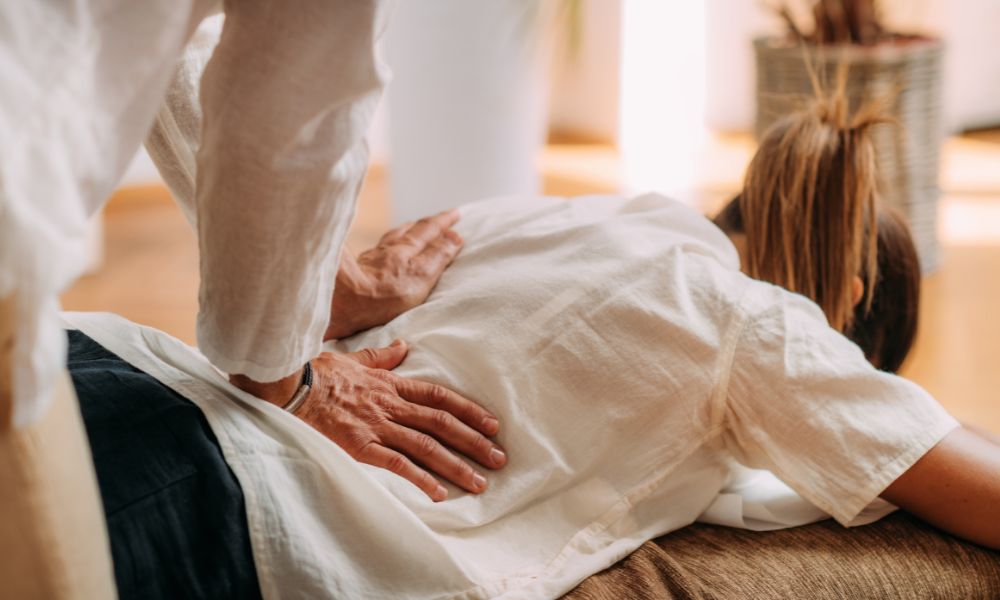Holistic healing is about more than just treating symptoms—it’s a way of nurturing the mind, body, and spirit to achieve long-term wellness. Whether you’re exploring alternative health practices for the first time or looking to deepen your understanding, getting started with holistic healing doesn’t have to be overwhelming.
This guide will walk you through key holistic healing principles, different modalities, and practical steps to help you incorporate holistic health into your daily life.
What Is Holistic Healing?
Holistic healing takes a whole-person approach to wellness, recognizing that physical, emotional, mental, and spiritual health are interconnected. Instead of just addressing symptoms, holistic therapies aim to identify and resolve the root cause of imbalances in the body.
Unlike conventional medicine, which often focuses on treating specific conditions, holistic healing emphasizes:
✔ Prevention – Strengthening the body’s natural defenses
✔ Balance – Aligning mind, body, and spirit for overall well-being
✔ Self-Healing – Supporting the body’s ability to restore itself naturally
Step 1: Define Your Wellness Goals
Before diving into holistic healing, take a moment to reflect on your current state of health and what you’d like to improve. Ask yourself:
- Do I want to focus on stress management?
- Am I looking for natural remedies for chronic pain or fatigue?
- Do I want to enhance mental clarity and emotional balance?
- Am I interested in preventative health and longevity?
Understanding your goals will help guide you toward the right holistic modalities for your needs.
Step 2: Explore Different Holistic Healing Modalities
Holistic healing offers a wide range of approaches. Here are some of the most common:
1. Naturopathy & Herbal Medicine
Focuses on natural remedies, nutrition, and detoxification to support the body’s healing process.
– Includes herbal supplements, homeopathy, and dietary therapy.
2. Energy Healing
Works on restoring balance to the body’s energy field to promote emotional and physical well-being.
– Popular modalities: Reiki, chakra balancing, sound therapy, and crystal healing.
3. Traditional Chinese Medicine (TCM)
Based on the concept of Qi (life energy) and balancing the body’s energy pathways.
– Common treatments: Acupuncture, cupping therapy, herbal medicine, Tai Chi, and Qigong.
4. Ayurveda
A 5,000-year-old Indian healing system that tailors health plans based on dosha (body type) balance.
– Uses herbal treatments, meditation, yoga, and detox therapies.
5. Mind-Body Healing
Recognizes the deep connection between mental health and physical well-being.
– Techniques include meditation, breathwork, hypnotherapy, and Emotional Freedom Technique (EFT tapping).
Step 3: Start Small – Simple Daily Practices
You don’t need to make drastic changes all at once. Here are practical ways to start incorporating holistic health into your life:
Nutrition & Herbal Support
- Swap processed foods for whole, organic options.
- Drink herbal teas like chamomile (for stress) or ginger (for digestion).
- Reduce sugar and artificial additives in your diet.
Stress Reduction & Mindfulness
- Try 5 minutes of deep breathing or meditation each morning.
- Journal or practice gratitude to cultivate emotional balance.
- Unplug from screens and spend more time in nature.
Physical Wellness
- Get a therapeutic massage or try self-massage techniques.
- Engage in gentle movement like yoga or Tai Chi.
- Prioritize quality sleep and relaxation.
Energy & Emotional Balance
- Try a Reiki session or energy healing practice.
- Explore affirmations and visualization techniques to shift your mindset.
- Spend time in natural sunlight to balance mood and energy levels.
Step 4: Find a Trusted Practitioner
If you’re unsure where to start, consider working with a holistic health practitioner who can guide you based on your individual needs.
Some things to look for when choosing a practitioner:
Experience & Credentials – Check qualifications, certifications, and reviews.
Approach & Philosophy – Find someone whose approach resonates with your wellness goals.
Personalized Care – A practitioner who tailors their treatment to your specific needs.
You can browse trusted holistic practitioners in The Wellness Directory here:
Final Thoughts
Starting your holistic healing journey is about making small, intentional choices that align with your body’s natural rhythms. Whether you begin with nutrition, energy healing, mindfulness, or alternative therapies, the key is to listen to your body and find what works for you.

